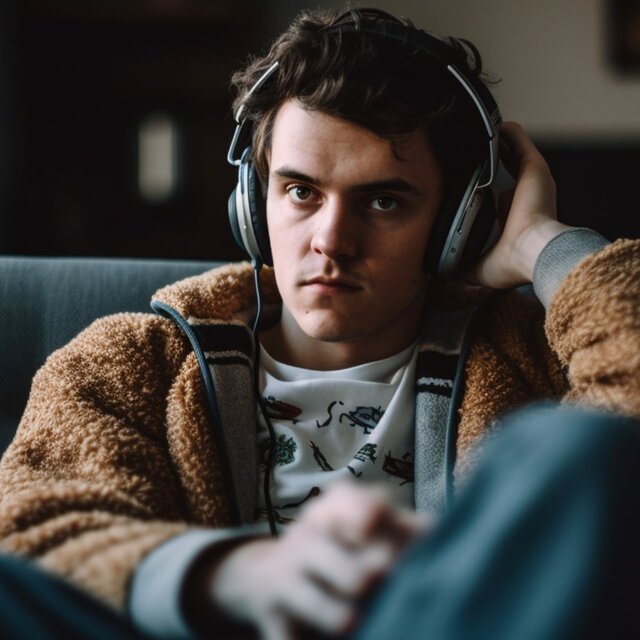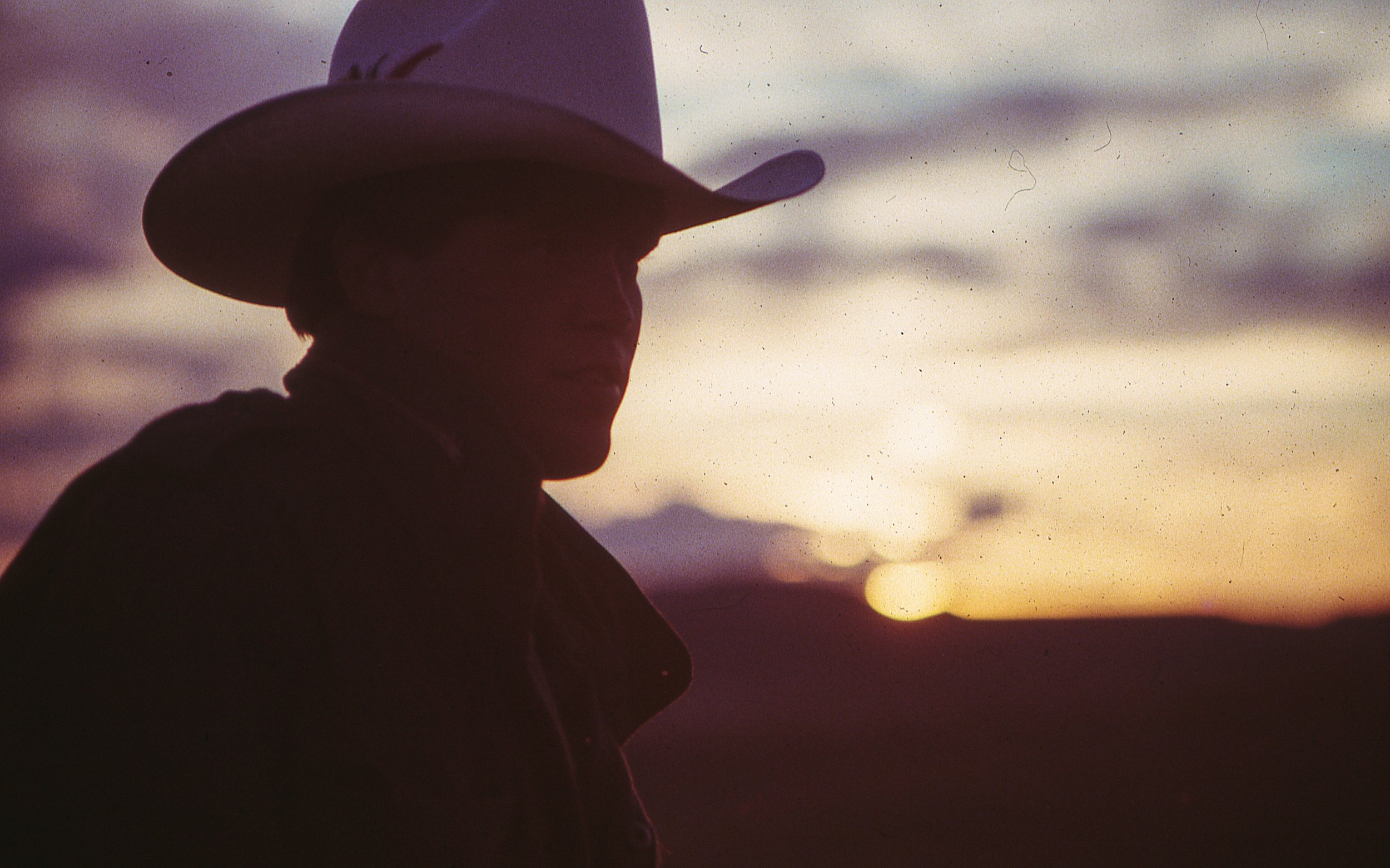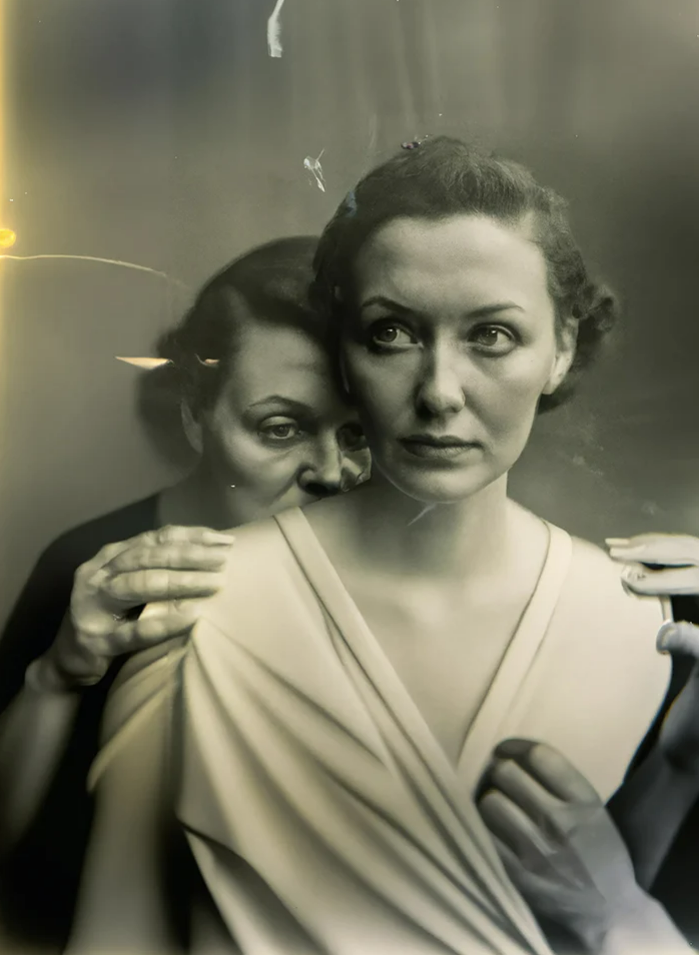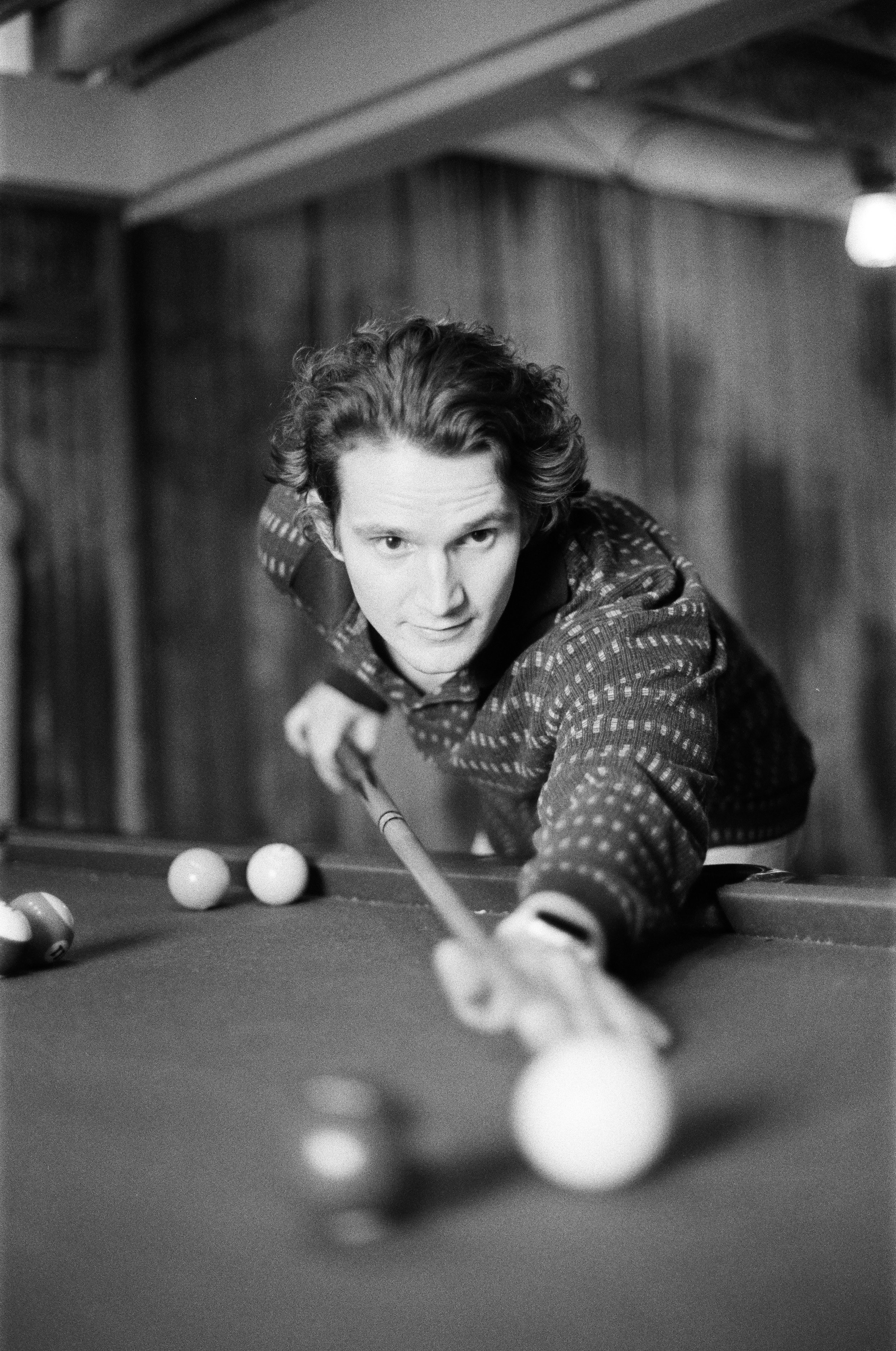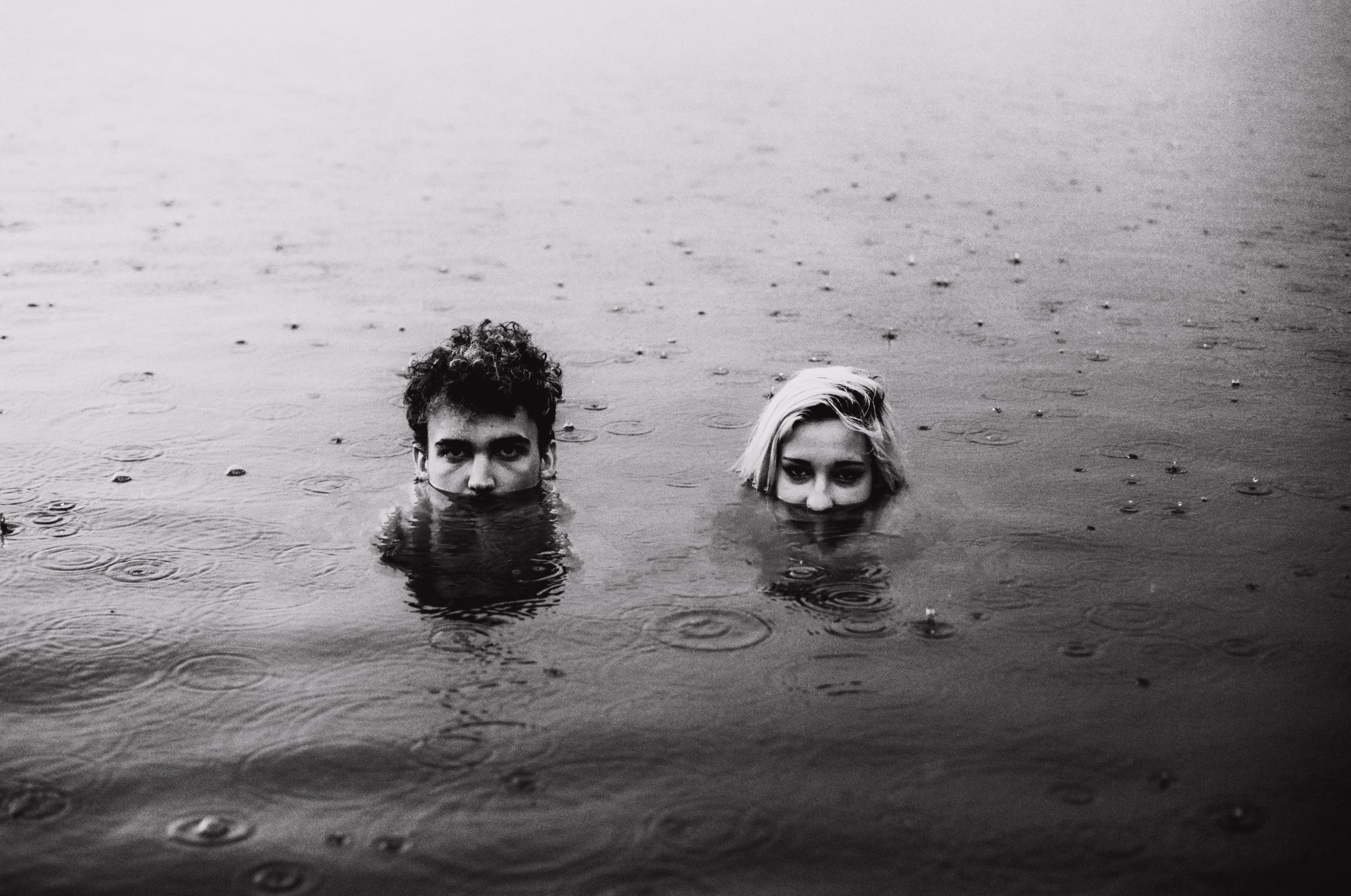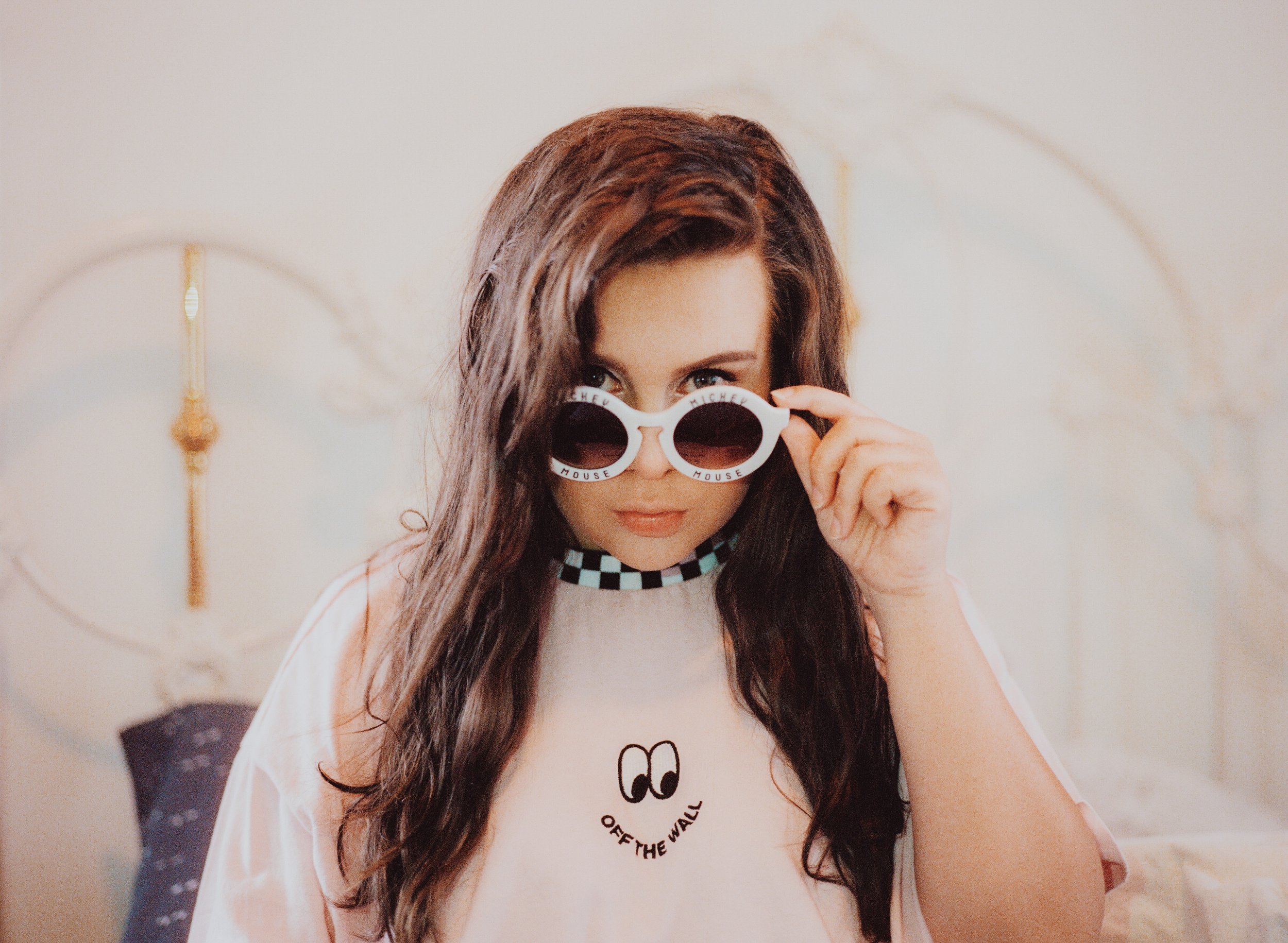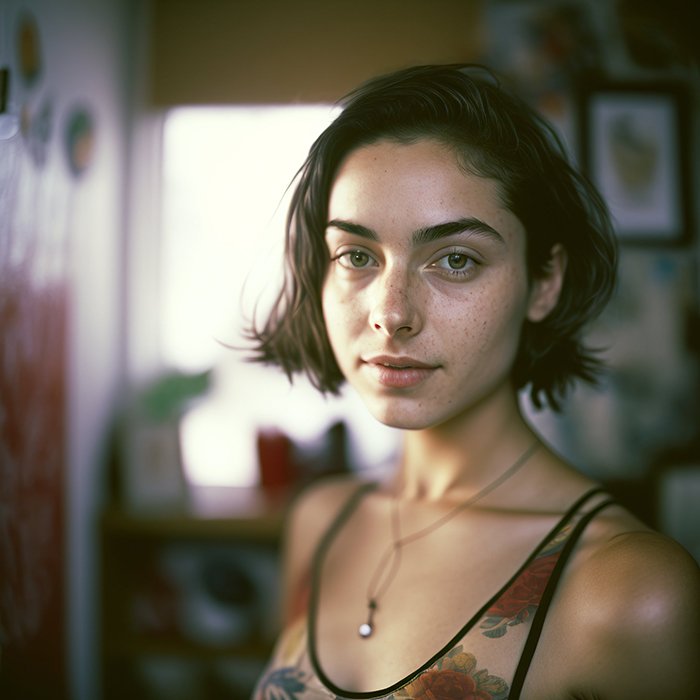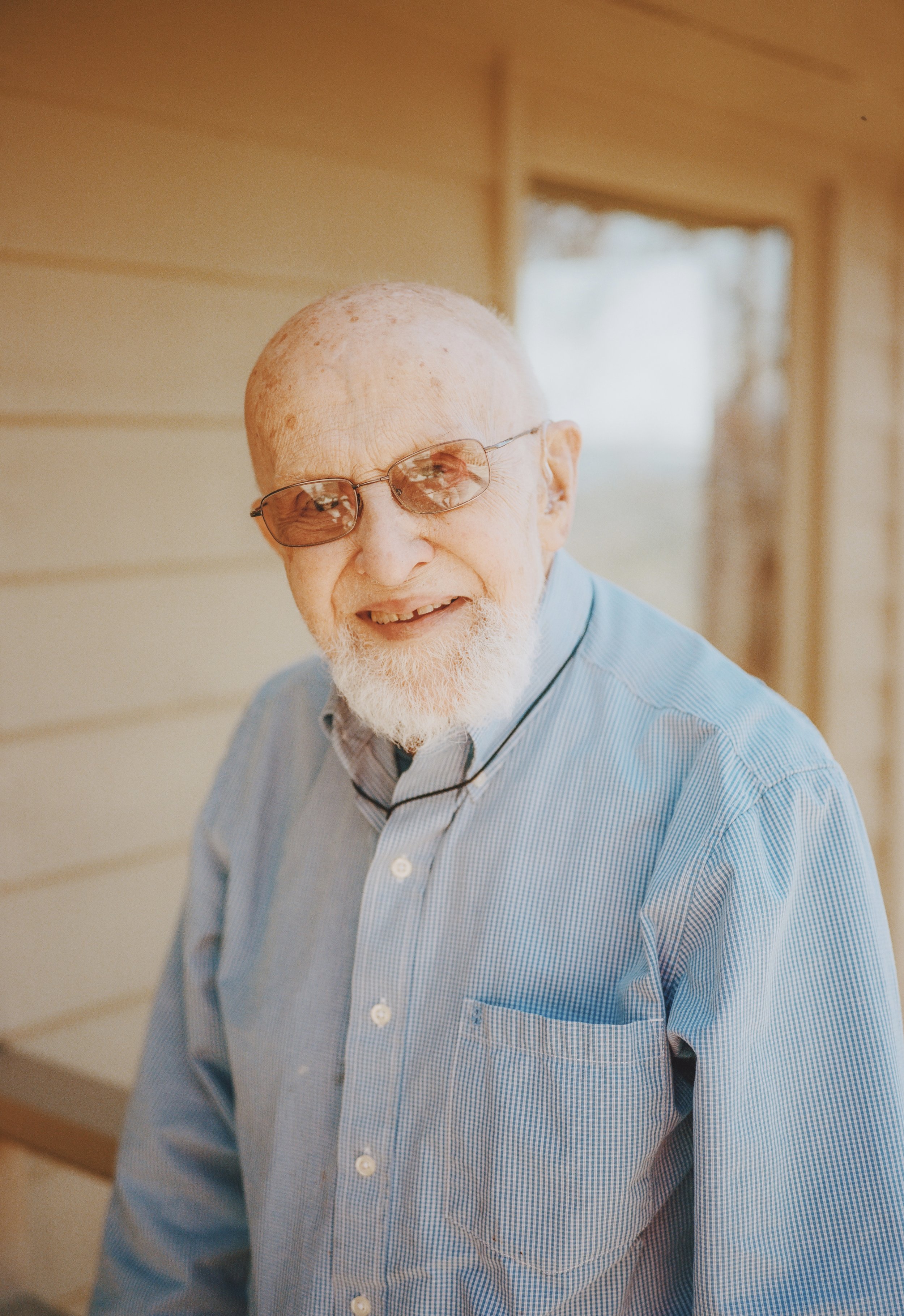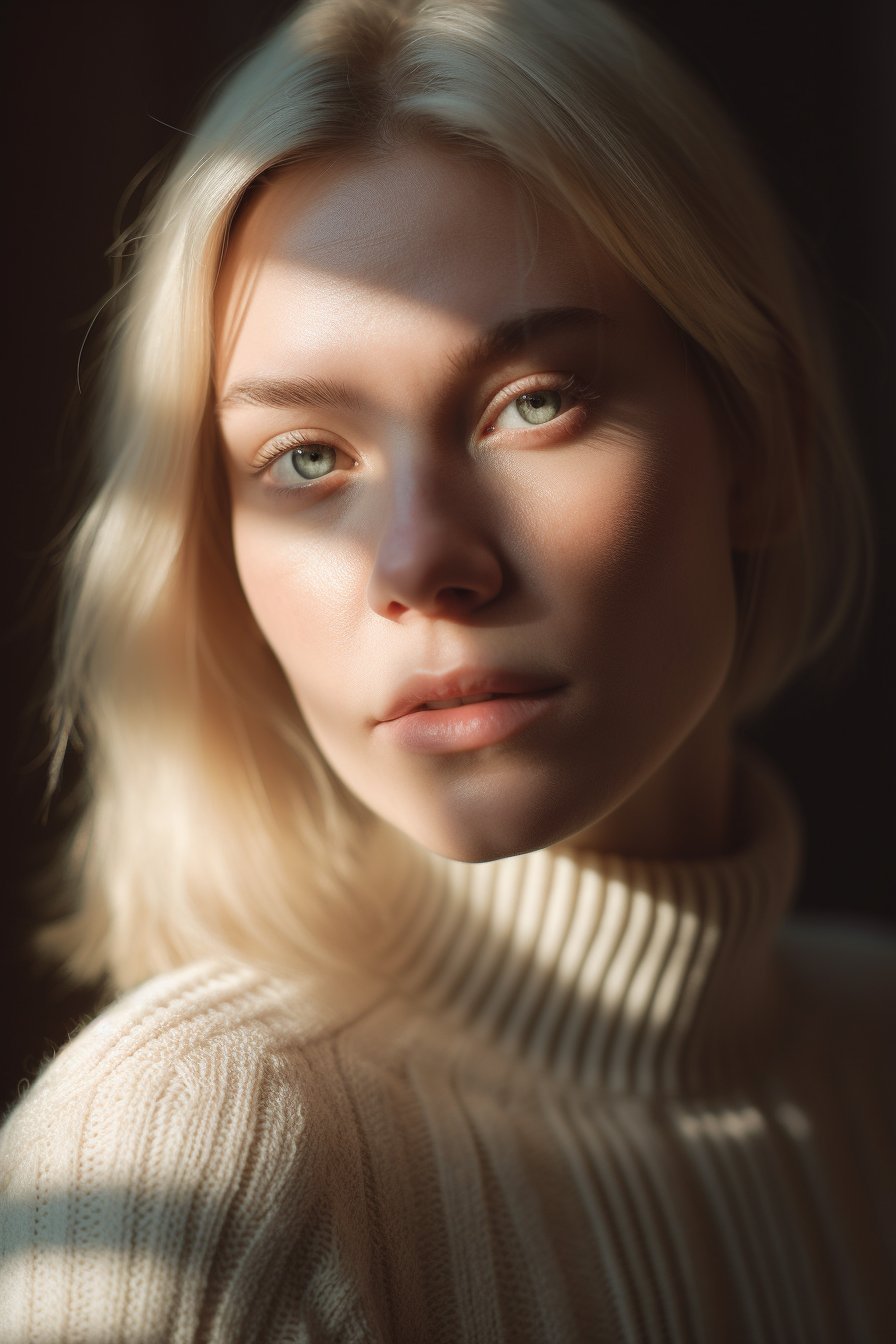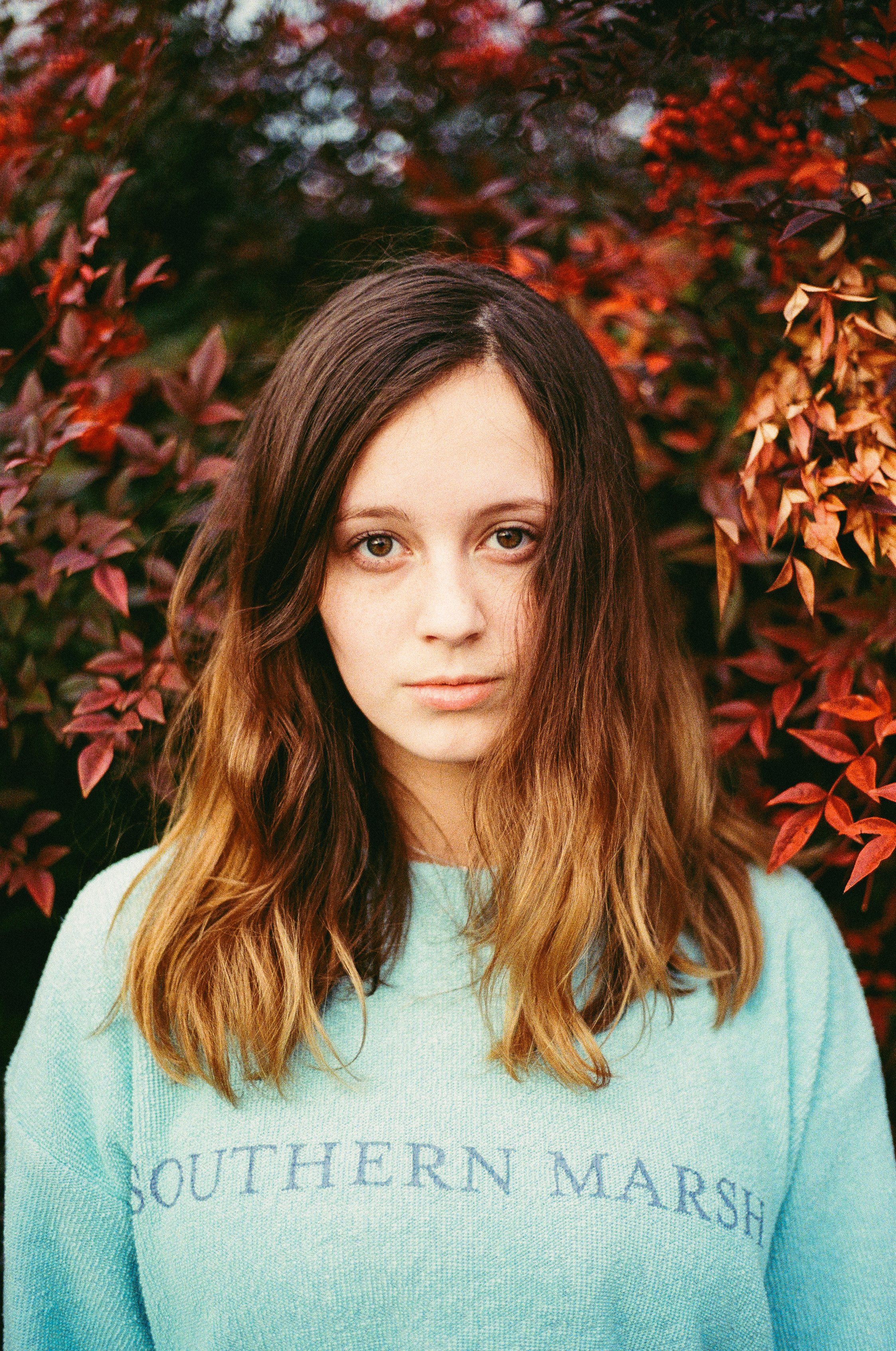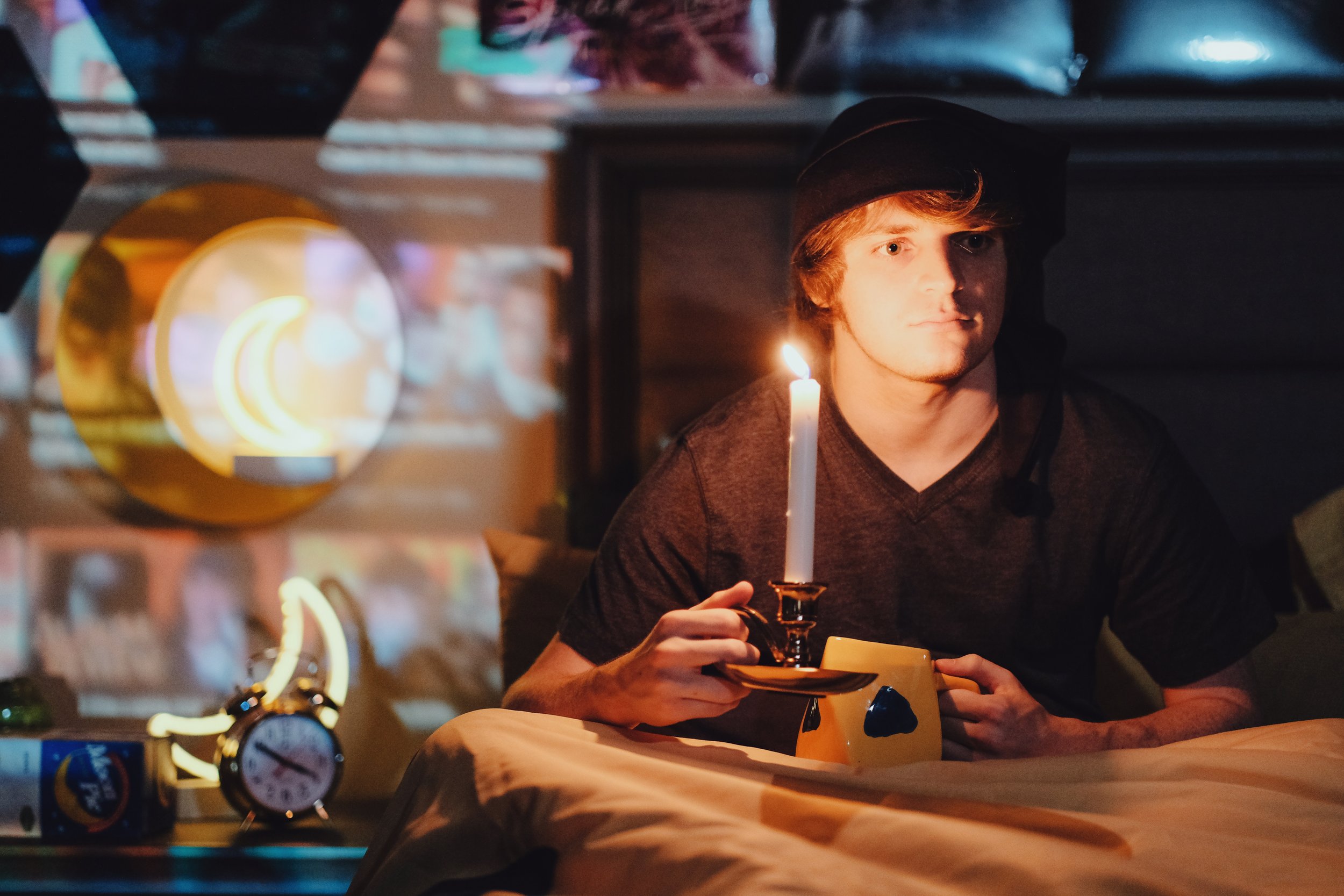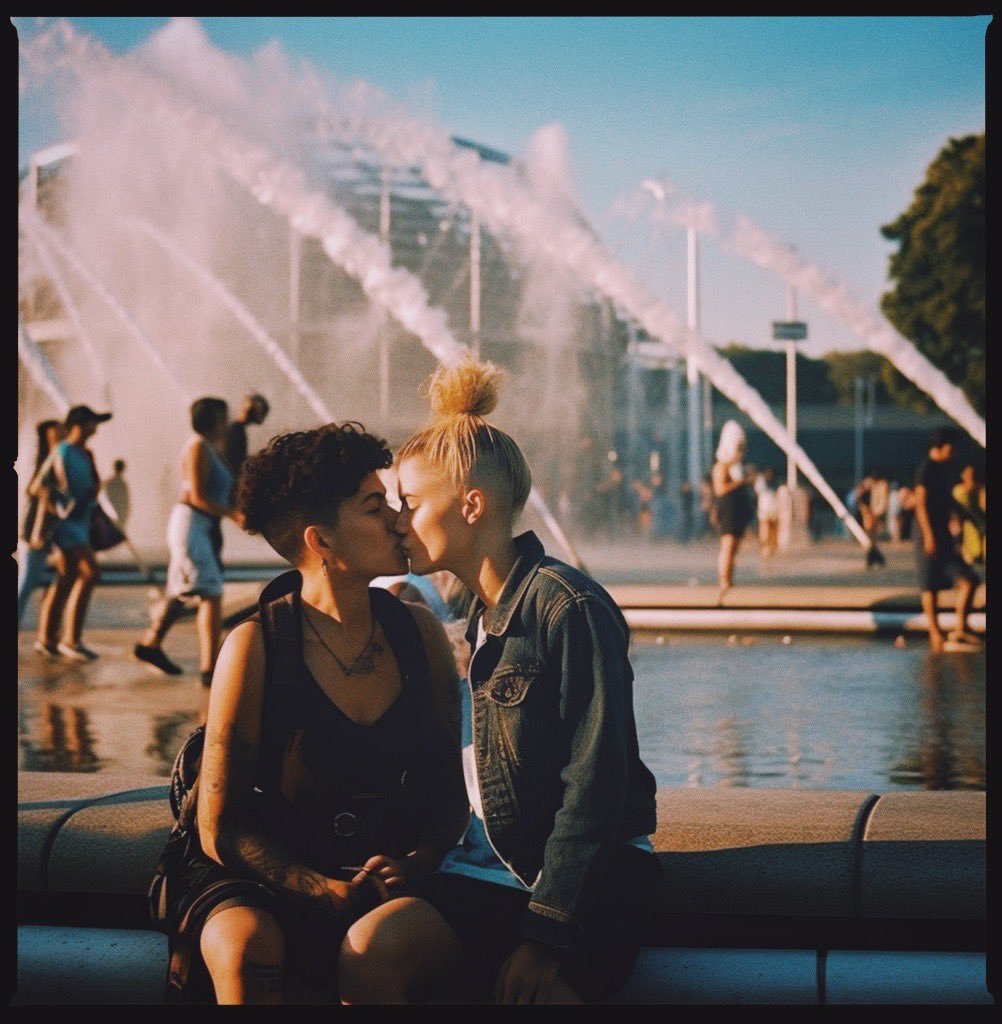An Uncanny and Soulless Realm: A.I. Imagery Being Dubbed “Post-Photography”
Fun game at the end of the article :)
The rise of artificial intelligence (AI) has revolutionized various industries, and its influence on the world of photography and art is unmistakable. As AI-generated images become more prevalent, they are often being referred to as "post-photography," sparking a contentious debate among photographers, artists, and enthusiasts. While AI-generated art has a unique place in the creative sphere, it is important to recognize that the term "post-photography" can be perceived as extremely disrespectful to photographers who have honed their craft through years of hard work and dedication. It's essential to remember that these creations wouldn't be possible without the hard work and dedication of traditional photographers. AI technology relies on a vast amount of data and images, which are fed into algorithms to generate new images. However, these images are still based on the visual language developed by photographers over decades. In this blog post, we will delve into the importance of acknowledging and differentiating the medium of AI-generated images from traditional photography, in order to maintain the respect and admiration that the art of photography rightfully deserves. We will also discuss the implications of labeling AI-generated images as "post-photography" and the potential impact on the photography community as a whole.
The Roots of AI-Generated Images: Honoring the Foundations
Understanding the origins and foundations of AI-generated images is essential for appreciating their unique place in the creative sphere while also honoring the work of traditional photographers. AI-generated images are the product of advanced algorithms that analyze and interpret large datasets of existing images. These algorithms, inspired by human neural networks, have the ability to learn and generate new images based on the patterns, styles, and structures they have been exposed to.
Traditional photography's role in shaping AI-generated images cannot be overstated. The datasets used to train AI algorithms consist of countless photographs taken by skilled photographers over the years. These photographs, with their diverse subjects, styles, and compositions, have effectively laid the groundwork for AI-generated art by providing the visual vocabulary upon which the algorithms build.
The images captured by traditional photographers not only showcase various artistic styles and techniques, but they also reflect the evolution of photography as an art form. Photographers have experimented with and refined different approaches to composition, lighting, and subject matter, resulting in a rich and diverse body of work that spans across numerous genres and time periods.
When we acknowledge the roots of AI-generated images, we pay tribute to the photographers who have tirelessly contributed to the development of the visual language that these algorithms draw upon. The artistic sensibilities, technical expertise, and passion of these photographers have laid the foundation for AI-generated art, and it is essential that we recognize and honor their invaluable contributions to this new creative medium.
In doing so, we can appreciate the distinct qualities of AI-generated images while still upholding the artistic legacy of traditional photography. By understanding and honoring the roots of AI-generated images, we can foster a deeper appreciation for the interconnectedness of these two mediums and their shared contributions to the world of art and creativity.
AI Generated
AI-Generated Images vs. Traditional Photography: Appreciating the Differences
As AI-generated images continue to make their mark in the world of art, it is important to appreciate the distinct differences between this new medium and traditional photography. By understanding these differences, we can recognize the unique value and contributions of both mediums.
Creation Process
Traditional photography involves a photographer's artistic vision, technical skills, and knowledge of various aspects such as composition, lighting, and camera settings. The photographer's personal touch and creative choices play a significant role in shaping the final image.
AI-generated images, on the other hand, are created using algorithms that analyze and learn from large datasets of existing images. These algorithms generate new visuals based on patterns and structures they have identified within the dataset. While human intervention may be involved in curating the dataset or fine-tuning the algorithm, the actual creation process of AI-generated images is largely automated.
Human Connection
Traditional photography often captures genuine emotions, moments, and stories, creating a strong emotional connection between the viewer, the subject, and the photographer. The photographer's unique perspective and interpretation of the scene can evoke powerful emotions and provoke thought in the viewer.
AI-generated images, while visually striking and innovative, may not always convey the same depth of emotion or human connection. As they are generated by algorithms, AI-generated images can sometimes lack the personal touch, soul, and emotional nuance that comes with traditional photography.
Artistic Control
In traditional photography, the photographer has complete control over the creative process, making conscious decisions about subject matter, composition, lighting, and post-processing to convey their artistic intent.
With AI-generated images, the level of artistic control is different. While the developers or artists working with AI can influence the output by selecting and curating the training dataset or adjusting the algorithm's parameters, the final image is ultimately determined by the algorithm itself. The resulting images can be unpredictable and may not always align with the artist's initial vision.
Originality and Copyright
Traditional photography often deals with capturing unique moments, scenes, or subjects, and the resulting images are considered original works protected by copyright laws.
AI-generated images, however, can pose challenges regarding originality and copyright, as they are created using existing images as a basis. The legal landscape surrounding AI-generated art is still evolving, and questions about ownership, originality, and the role of AI in the creative process continue to be debated.
By acknowledging and appreciating the differences between AI-generated images and traditional photography, we can foster a deeper understanding of the unique qualities each medium offers. In doing so, we can celebrate the artistic achievements of both photographers and AI-generated art without compromising the respect and admiration that each deserves.
Real Photo (Fuji GW690iii, Lomography 800)
Ethical Disclosure of AI Art: Transparency and Integrity
As AI-generated art gains prominence and continues to blur the lines between traditional photography and algorithm-created images, ethical considerations become increasingly important. One of the key concerns surrounding AI-generated art is the need for transparency and disclosure to ensure that viewers are not deceived into believing that the images are products of traditional photography.
Transparency is vital for maintaining the integrity of the art world and fostering trust between artists, viewers, and collectors. When presenting AI-generated art, it is essential for creators and curators to be open and honest about the origins of the work, clearly stating that the images were generated using AI algorithms rather than being captured through traditional photography methods.
The Implications of the Term "Post-Photography": Understanding the Potential Impact
The term “post-photography” has been making its rounds across the internet as of late and it has been extremely controversial to say the least. The term originated on Twitter as a way to describe “photography-like” AI-generated images. The implications of using the term "post-photography" to describe AI-generated images are multifaceted and can have a significant impact on the photography community as a whole. By labeling AI-generated images as "post-photography," it may inadvertently imply that traditional photography is no longer relevant or has been superseded by AI technology. This notion can be disheartening for photographers who have spent years honing their craft and perfecting their art, and it may devalue their hard work in the eyes of the uninformed public.
Furthermore, using the term "post-photography" could potentially create divisions within the photography community, leading to a rift between traditional photographers and those who embrace AI-generated art. This divide could exacerbate existing tensions and foster an environment in which photographers and AI artists are pitted against one another, rather than encouraging collaboration and mutual respect.
Additionally, the term "post-photography" may contribute to the confusion surrounding the nature of AI-generated images and their relationship to traditional photography. As we've discussed, AI-generated images and traditional photography have distinct differences in terms of their creation process, human connection, artistic control, and originality. However, using the term "post-photography" may blur these distinctions in the eyes of the general public and lead to misunderstandings about the unique qualities and value of each medium.
Finally, the use of the term "post-photography" might hinder the growth and development of AI-generated art as a separate and distinct art form. By positioning AI-generated images as a continuation or replacement of traditional photography, we may overlook the unique contributions that AI-generated art can offer in its own right. This could limit the exploration and appreciation of the innovative and novel possibilities that AI-generated art brings to the world of creativity.
As we consider the potential impact of using the term "post-photography," it is essential that we remain conscious of these implications and strive to foster a more inclusive and respectful dialogue within the photography community. By doing so, we can help ensure that both traditional photography and AI-generated art are celebrated for their unique contributions, while maintaining the respect and admiration that each rightfully deserves.
Conclusion
As AI-generated images continue to gain traction and popularity within the art world, it is crucial that we remain mindful of the importance of traditional photography and its influence on this innovative medium. By differentiating AI-generated images from traditional photography and refraining from using potentially divisive terms like "post-photography," we can work to ensure that the art of photography retains the respect and admiration it deserves.
Promoting a more inclusive and respectful dialogue within the photography community is essential for fostering an environment that values and celebrates the unique contributions of both traditional photographers and AI-generated art. By appreciating the differences between these two mediums and understanding their interconnectedness, we can support the growth and development of both fields, while encouraging collaboration and shared learning.
Moreover, we must recognize that AI-generated art has the potential to inspire new avenues of exploration and push the boundaries of creativity, just as photography has done throughout its history. By embracing the distinct qualities and opportunities presented by AI-generated images, we can enrich the world of art and contribute to the ongoing evolution of visual expression.
Ultimately, the key to navigating the intersection of photography and AI-generated art lies in maintaining a balanced perspective that acknowledges and respects the unique value of each medium. By doing so, we can champion the artistic achievements of photographers and AI artists alike, fostering a harmonious and dynamic future for the ever-evolving world of photography and art.
GAME TIME!
Some of the images below are AI-generated and it’s your job to figure out which ones they are! You’ll have 3 seconds to look at each image before making a decision.
You can comment your answers below if you’d like to compete with others (or just keep it in your mental notepad and play for fun).
NO CHEATING BY LOOKING MULTIPLE TIMES BECAUSE THAT’S TOO EASY!!!
Or do cheat that’s fine too
